Renwei Yang
OL-DN: Online learning based dual-domain network for HEVC intra frame quality enhancement
Aug 09, 2022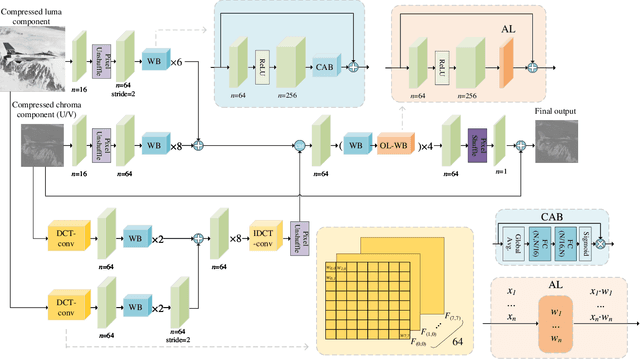
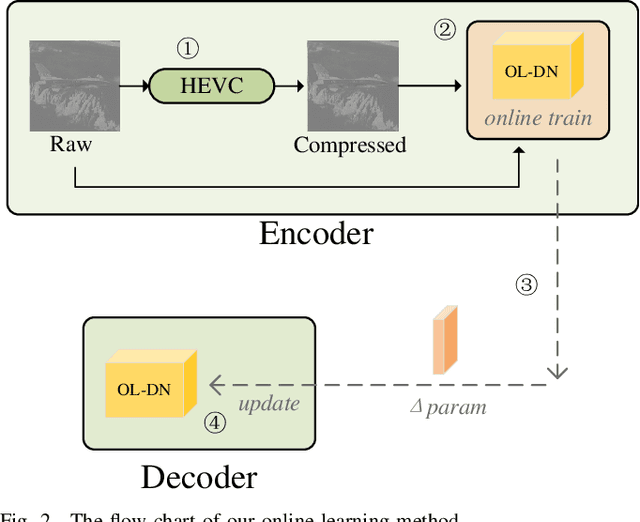
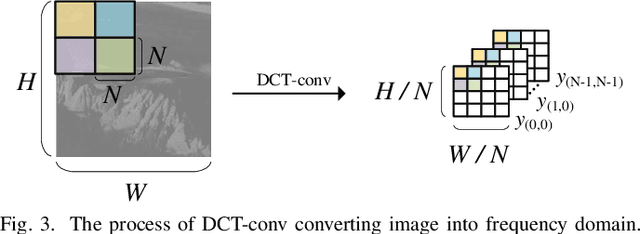
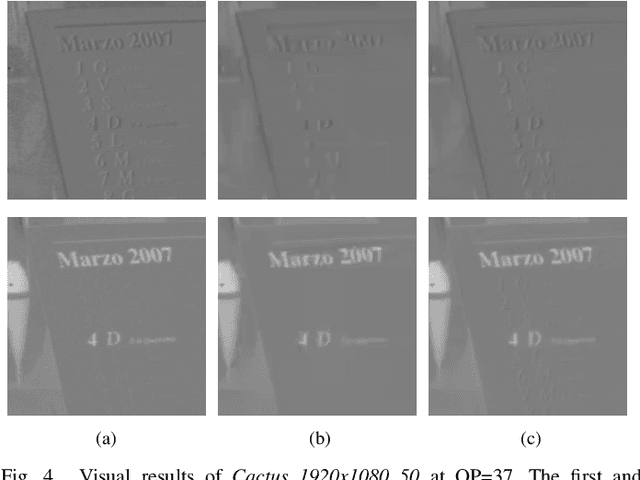
Abstract:Convolution neural network (CNN) based methods offer effective solutions for enhancing the quality of compressed image and video. However, these methods ignore using the raw data to enhance the quality. In this paper, we adopt the raw data in the quality enhancement for the HEVC intra-coded image by proposing an online learning-based method. When quality enhancement is demanded, we online train our proposed model at encoder side and then use the parameters to update the model of decoder side. This method not only improves model performance, but also makes one model adoptable to multiple coding scenarios. Besides, quantization error in discrete cosine transform (DCT) coefficients is the root cause of various HEVC compression artifacts. Thus, we combine frequency domain priors to assist image reconstruction. We design a DCT based convolution layer, to produce DCT coefficients that are suitable for CNN learning. Experimental results show that our proposed online learning based dual-domain network (OL-DN) has achieved superior performance, compared with the state-of-the-art methods.
A Two-stage Method for Non-extreme Value Salt-and-Pepper Noise Removal
Jun 20, 2022
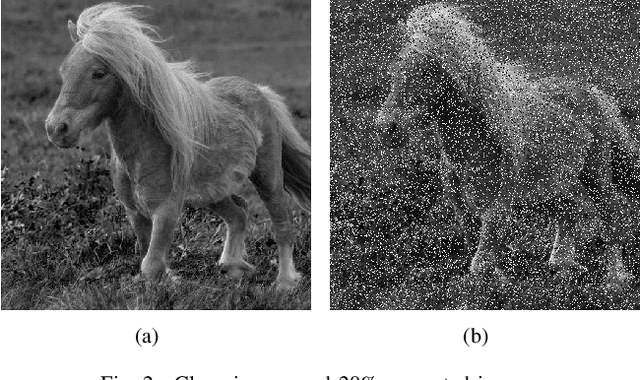
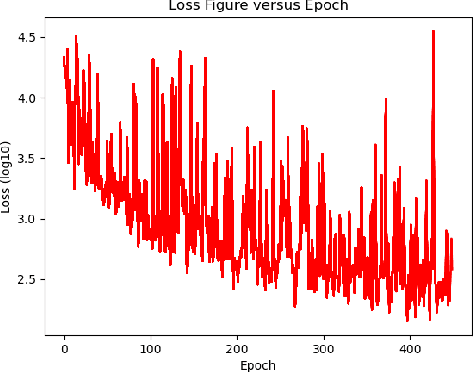
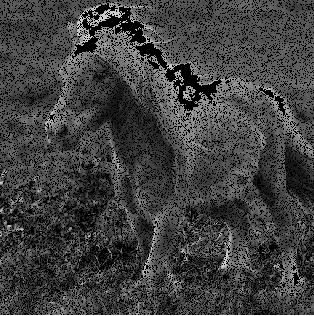
Abstract:There are several previous methods based on neural network can have great performance in denoising salt and pepper noise. However, those methods are based on a hypothesis that the value of salt and pepper noise is exactly 0 and 255. It is not true in the real world. The result of those methods deviate sharply when the value is different from 0 and 255. To overcome this weakness, our method aims at designing a convolutional neural network to detect the noise pixels in a wider range of value and then a filter is used to modify pixel value to 0, which is beneficial for further filtering. Additionally, another convolutional neural network is used to conduct the denoising and restoration work.
Luminance-Guided Chrominance Image Enhancement for HEVC Intra Coding
Jun 11, 2022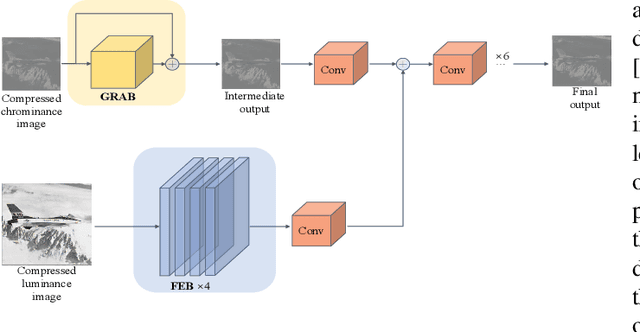



Abstract:In this paper, we propose a luminance-guided chrominance image enhancement convolutional neural network for HEVC intra coding. Specifically, we firstly develop a gated recursive asymmetric-convolution block to restore each degraded chrominance image, which generates an intermediate output. Then, guided by the luminance image, the quality of this intermediate output is further improved, which finally produces the high-quality chrominance image. When our proposed method is adopted in the compression of color images with HEVC intra coding, it achieves 28.96% and 16.74% BD-rate gains over HEVC for the U and V images, respectively, which accordingly demonstrate its superiority.
 Add to Chrome
Add to Chrome Add to Firefox
Add to Firefox Add to Edge
Add to Edge